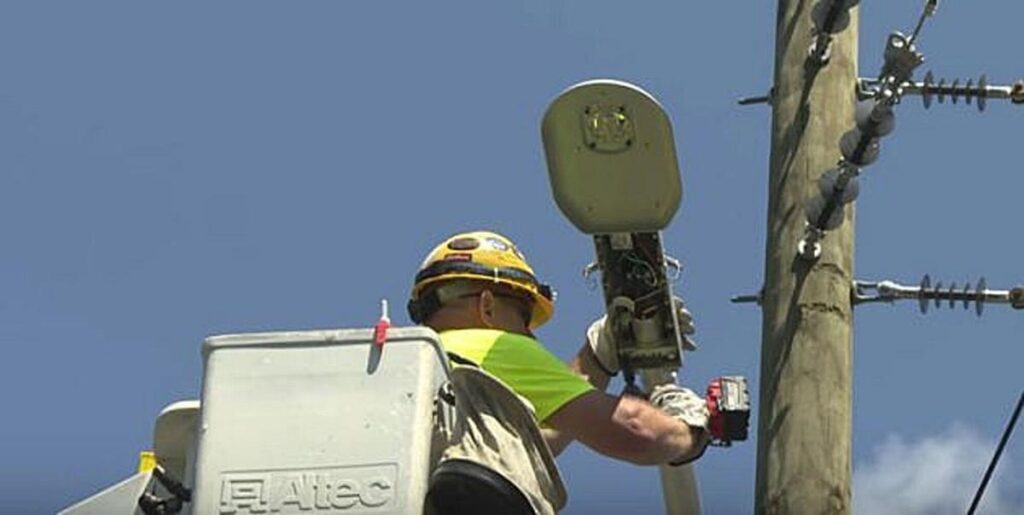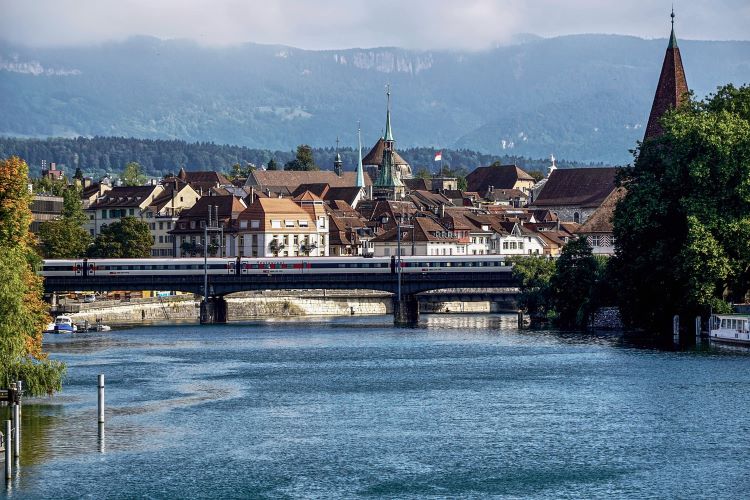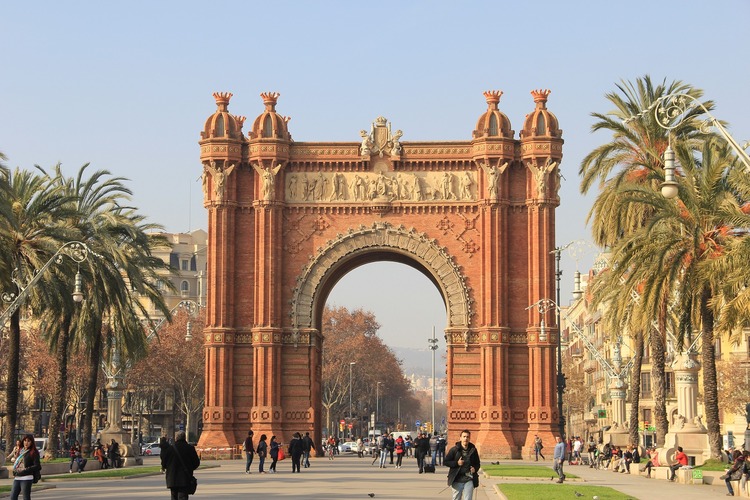National Grid requires $5 million in liability insurance for all municipalities in Smart Street Lighting NY program, regardless of size

LOWVILLE — The long road to action on locally-owned smart-tech LED street lights through the state Smart Street Lighting NY program is heading into the final stretch for a number of north country municipalities.
Part of the agreement between National Grid and the 12 towns and villages that have signed up for the statewide Smart Street Lighting Program is that each municipality is required to have $5 million in liability insurance in order to be able to use the company’s poles for the new LED light fixtures.
“National Grid requires that,” said Tug Hill Commission’s River Area Council of Governments, or RACOG, Circuit Rider Mickey Dietrich. “It doesn’t matter what size (a place) is. According to them (National Grid) they have to treat every place equally. I guess what they’re looking at is it doesn’t matter if it’s one pole in a small community or one pole in a large city; if something got hit or something happened on that pole, that liability is there.”
After discussions with the state Power Authority, National Grid said they would accept group insurance for the extra amount so a number of communities could pool their resources to create a larger, and therefore cheaper, policy that gives each municipality the additional liability insurance they need to reach the $5 million threshold.
“It would save on cost because the more you add to the policy, the less you pay per million,” Mr. Dietrich said.
Finding companies that will take on a group policy of this kind, however, may be time consuming and time, in this case, could mean money.
An insurance provider that supplies liability insurance to a number of the communities individually told Mr. Dietrich they can’t do a group policy but he will speak to other companies and figure out how many municipalities would like to take this route.
Some of the smaller municipalities that have the most additional insurance to buy are questioning the amount of money they are investing in the project compared to the savings they will reap with the energy-saving lighting, but the fact that RACOG was chosen for a Shared Service Grant, which is expected to offset the extra insurance costs, helps, according to Mr. Dietrich.
The grant, secured through an application by the Lewis County Planning department, would pay municipalities one third of their project cost after completion providing the projects of at least two municipalities are finished by the end of the year.
Mr. Dietrich said some municipalities are realizing that money would cover not just the initial bump in insurance cost, but could pay for the increased insurance for at least the next 10 years — and the liability insurance covers everything for the villages and towns, not just the lights.
“The insurance did kind of hold some things up, because some of (the municipalities) were like, ‘Wait a minute. Here’s some extra cost the community’s got to think about…’ but for the most part the bigger communities, like Carthage, are ready. Carthage is set right now… to close with National Grid in September. As soon as they close, then NYPA is looking to get going with construction for them right away.”
The village of Lowville is anticipated to close its deal with National Grid in October, and the other participants in the program are expected to follow.
The municipalities that are working through the “closing checklist” items required to finalize their deals include RACOG members Wilna, Denmark, West Carthage and Copenhagen and neighboring communities including Martinsburg, the village and town of Adams, Sackets Harbor and Croghan.
Deferiet, a RACOG member, and Lyons Falls, which is not, have not yet received their final checklists from National Grid.
“It’s important to note that in talking to NYPA, it (became clear) it’s voluntary for National Grid to allow the communities to buy the lights,” Mr. Dietrich said.
The street lights will have sensors that will make it possible for NYPA to know if they are malfunctioning so the service contractor can be contacted and each light be controlled individually to allow communities to have brighter lights where they are needed for safety and dimmer lights in other places to save energy and avoid disturbing residents at certain times.
Some municipalities have also opted in to some of the Smart City technology sensors including cameras for lights in parks, wifi sensors to provide free wireless access and, Mr. Dietrich said, the county expressed interest in the floodplain sensor.
The smart technology may also allow the municipalities to turn their lights into 5G towers in the future.
RACOG has been working with NYPA to bring the state Smart Street Lighting NY program to fruition in the north country since 2018.
The program is organized as “a full turnkey service, including the lighting audit; engineering and design; bidding and procurement; construction management; and environmental services,” according to the program’s website.
In addition to the Shared Service grant, funding sources for various aspects of the Smart Streets program include the National Grid Incentive, the Local Government Efficiency Grant and the Power Authority’s Smart City Technology grant.
The municipalities will be replacing between 32 and 373 streetlights with energy-efficient and cost-saving LEDs.
Johnson Newspapers 7.1
This content was originally published here.




Responses